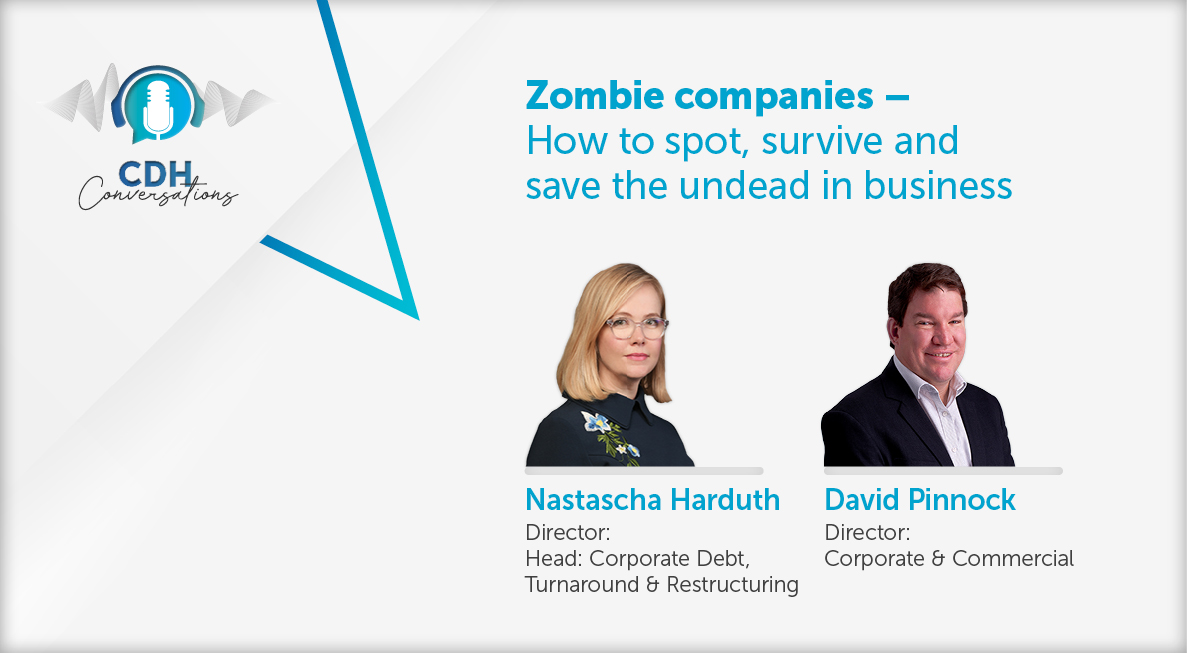Eskom clarifies the issue of “curtailment” for IPPs
At a glance
- During January 2024 Eskom published the much-anticipated addendum to the Generation Connection Capacity Assessment (GCCA) (Addendum).
- The Addendum was first mooted in the GCCA 2025 published in October 2023 (GCCA 2025). It was intended to provide clarity in respect of Eskom's proposal in the GCCA 2025 to use “curtailment” to address the challenges of limited available grid capacity faced by independent power producer projects in the Eastern, Western and Northern Cape.
- Time will tell whether the 10% curtailment right held by Eskom constitutes a similar or reduced risk for the various stakeholders involved in such transactions, or whether it will lead to a shift in risk appetite.
The concept of curtailment is not new. It has been applied in power purchase agreements under Eskom’s Renewable Independent Power Producer Programme, bid windows (BW) 1–6. It is a mechanism used to balance the supply and demand of energy via the national grid. This said, the definition of “curtailment” was amended for BW 4–6. The amendment saw the insertion of additional wording to exclude specific events or circumstances from the definition. The amended definition reads as follows:
“Curtailment means any instruction from the system operator to limit or reduce the energy output of the facility, but excluding, for the avoidance of doubt, any such instruction given when there is a constraint on the system due to planned or unplanned maintenance, refurbishment, modification, extension or development being carried out on or to the system” (exclusions).
Under BW 1–6, curtailment is included in the definition of “system event”, in terms of which the remedies or relief available to a curtailed IPP project include the right to claim for deemed energy payment, for the energy output which could have been delivered, but for the instruction to curtail. Despite this right to claim being available for curtailing, the trigger for deemed energy payment is subject to the unavailability of the grid due to the system event being in excess of the allowable grid unavailability period (AGUP). As such, if the unavailability period arising from the system event is less than the AGUP, no deemed payment could be claimed or be payable.
A 10% curtailment allowance
Whereas for BW 1–6 curtailment was uncapped and therefore a potential revenue loss for any seller of energy output, in BW 7 the introduction of the 10% curtailment as per the Addendum, creates a cap on curtailment. In addition, the AGUP concept, before a claim for deemed energy payments arises, has been deleted. The result is that IPPs are entitled to receive deemed energy payments (not subject to the AGUP) during a system event which includes a period of curtailment. The net effect is revenue loss arising from curtailment up to the 10% threshold, but a grid unavailability period for other system events is no longer applicable.
In addition to the above, according to the Addendum, Eskom notes the following regarding curtailment:
“i. Curtailment is defined as the controlled reduction of the output of renewable energy plants as a system operator response to transmission capacity constraints.
- When the grid limit is reached, any further increase of generation in the supply area leads to grid congestion. In such cases, and in order to remove the congestion, generation has to be reduced. Curtailment therefore maximises use of the existing grid and increase generation connection capacity…”
Accepting the Addendum and amendment to the definition of curtailment in the BW 7, the amended definition incorporates the exclusions. Mindful of paragraphs (i) and (ii) above, and given Eskom’s view on curtailment, it may become necessary to define the exclusions more precisely to avoid a situation where a claim is made, but for a wide interpretation of the exclusions to be followed and therefore, unintentionally, the curtailment instruction included in the exclusions listed. As a result, deemed payments are thus not payable.
That said, according to Eskom, within the provinces the benefits of curtailment are significant. Time will tell whether such optimism is well founded and whether the 10% curtailment right held by Eskom (in lieu of the removal of the AGUP) constitutes a similar or reduced risk for the various stakeholders involved in such transactions, or whether it will lead to a shift in risk appetite, requiring additional mitigations tools before IPPs decide to invest in IPP programmes
The information and material published on this website is provided for general purposes only and does not constitute legal advice. We make every effort to ensure that the content is updated regularly and to offer the most current and accurate information. Please consult one of our lawyers on any specific legal problem or matter. We accept no responsibility for any loss or damage, whether direct or consequential, which may arise from reliance on the information contained in these pages. Please refer to our full terms and conditions. Copyright © 2026 Cliffe Dekker Hofmeyr. All rights reserved. For permission to reproduce an article or publication, please contact us cliffedekkerhofmeyr@cdhlegal.com.
Subscribe
We support our clients’ strategic and operational needs by offering innovative, integrated and high quality thought leadership. To stay up to date on the latest legal developments that may potentially impact your business, subscribe to our alerts, seminar and webinar invitations.
Subscribe




